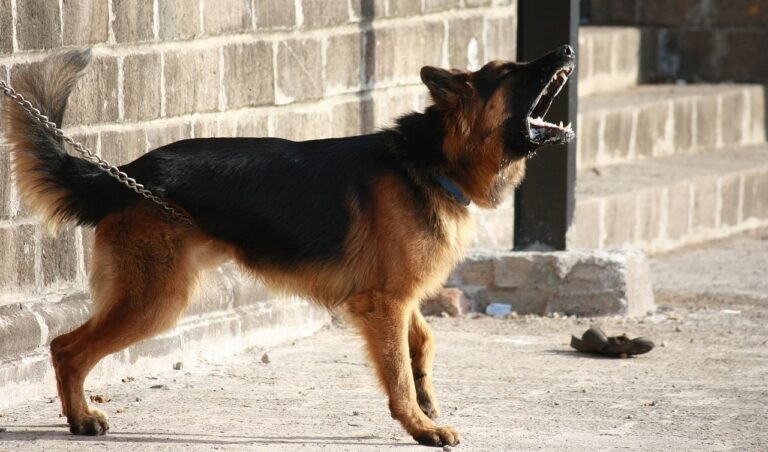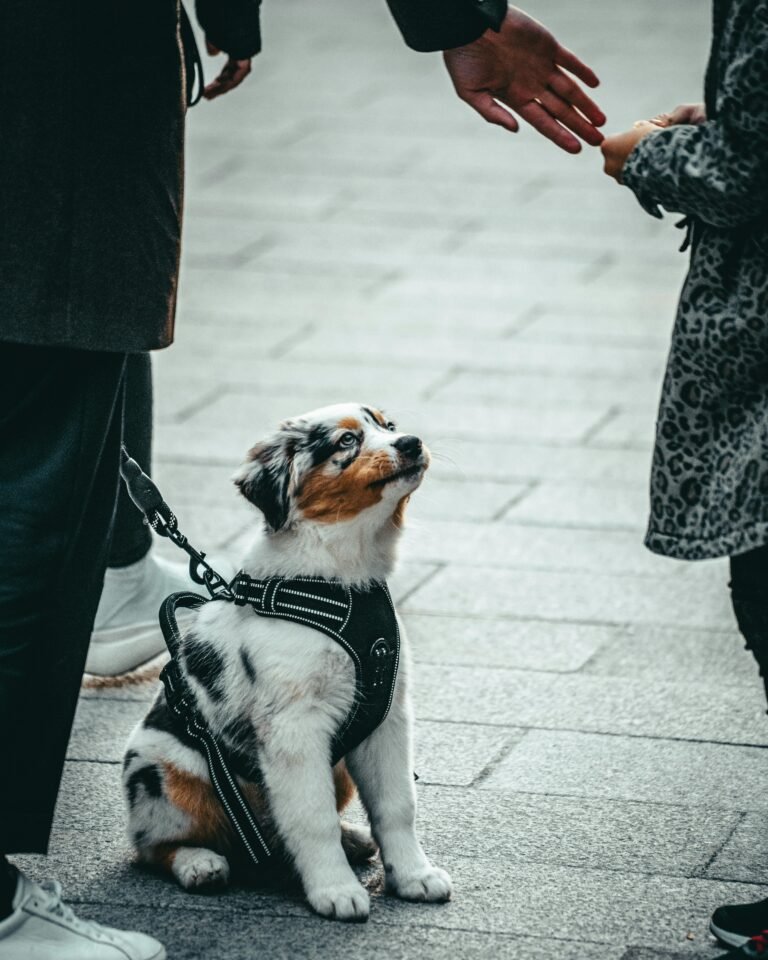Introduction
Your dog loves you—that’s part of what makes them special. But when that love turns into panic every time you leave the house, both you and your pup suffer. Separation anxiety can lead to destructive behavior, constant barking, and deep distress. The good news? You can help your dog learn that being alone is safe. With patience, structure, and positive reinforcement, you can rebuild confidence and peace of mind—one calm departure at a time.
What Is Separation Anxiety?
Separation anxiety occurs when a dog experiences extreme stress at being left alone or separated from their owner. It’s not misbehavior—it’s fear. Common signs include:
- Excessive barking, whining, or howling when alone
- Chewing furniture, scratching doors, or trying to escape
- Pacing, drooling, or trembling before or after you leave
- Following you from room to room and becoming anxious when you prepare to go out
Understanding the root cause helps you approach the problem with empathy and effective solutions.
Why Dogs Develop Separation Anxiety
Some dogs are naturally more sensitive or dependent, while others develop anxiety from life changes. Common causes include:
- Sudden changes in routine (e.g., returning to work after working from home)
- Moving to a new home
- Loss of a family member or another pet
- Traumatic experiences, especially for rescue dogs
No matter the reason, the solution lies in teaching your dog to feel secure and confident, even when you’re not around.
Step 1: Rule Out Medical Causes
Before training, talk to your vet. Sometimes behaviors that look like anxiety—such as excessive panting, pacing, or urination—can stem from medical conditions. Ensuring your dog’s physical health sets the foundation for emotional healing.
Step 2: Start with Independence Training
Encourage your dog to spend short periods alone while you’re still home:
- Use baby gates or a playpen to create separation without full isolation.
- Give them a chew toy or treat-dispensing puzzle when you step into another room.
- Ignore them for short intervals, then calmly return without fanfare.
This helps them learn that solitude is safe and that you always come back.
Step 3: Practice Calm Departures and Arrivals
Emotional energy fuels anxiety. When you make a big deal of leaving or returning, you heighten your dog’s stress. Instead:
- Keep departures low-key—no dramatic goodbyes.
- When you come home, wait until your dog is calm before greeting them.
- Reward relaxed behavior, not frantic excitement.
This teaches your dog that comings and goings are normal parts of the day, not emotional rollercoasters.
Step 4: Use Desensitization for Departure Cues
Many anxious dogs panic as soon as they notice “leaving signals”—like picking up keys or putting on shoes. To break that association:
- Pick up your keys, then sit down instead of leaving.
- Put on your coat, walk around for a moment, then remove it.
- Repeat until these cues no longer trigger anxiety.
Once your dog stays calm, start pairing these cues with rewards or calm activities to reframe them as neutral or positive events.
Step 5: Gradual Alone-Time Training
Slow, structured exposure is key. Start with extremely short separations and build from there:
- Leave the room for 10 seconds, return calmly, and reward if your dog stays relaxed.
- Increase to 30 seconds, then one minute, then five minutes, and so on.
- If your dog shows distress, shorten the duration again—never push too fast.
The goal is to create a long chain of positive, uneventful separations.
Step 6: Provide Mental and Physical Stimulation
A tired mind and body lead to a calmer dog. Daily exercise, sniff walks, and enrichment activities reduce anxiety and restlessness. Try:
- Food puzzles and lick mats for meal times
- Hide-and-seek games around the house
- Short obedience or trick sessions for mental engagement
Fulfillment helps prevent boredom-related anxiety when you’re gone.
Step 7: Create a “Safe Space”
Designate an area where your dog feels secure—such as a crate, bed, or quiet room. Fill it with familiar scents, toys, and soft music. Consider using pheromone diffusers or white noise to create a calming atmosphere. Encourage your dog to relax there even when you’re home, so it becomes a comfort zone during absences.
Step 8: Use Comforting Associations
Pair alone time with something positive your dog loves. Offer a special treat or long-lasting chew only when you leave. This creates an association between your departure and a good experience, helping shift their emotional response from panic to anticipation.
Step 9: Avoid Common Pitfalls
- Don’t punish anxiety: Destructive behavior or barking isn’t disobedience—it’s fear. Punishment makes it worse.
- Don’t sneak out: It might seem easier, but it erodes trust. Calm, predictable departures work better.
- Don’t flood them with alone time: Long absences before they’re ready can reset progress.
Step 10: Try Technology and Support Tools
Modern tools can help make alone time easier:
- Pet cameras: Let you monitor progress and see how your dog behaves while you’re gone.
- Interactive toys: Devices that dispense treats or play recorded messages keep your dog engaged.
- Soothing sounds: Calming playlists or heartbeat toys mimic company and reduce stress.
When to Seek Professional Help
If your dog’s anxiety is severe—like injuring themselves trying to escape or refusing to eat when alone—consult a certified behaviorist or veterinary professional. They can design a personalized plan and may suggest supplements or medication to support training.
How to Know It’s Working
Progress may be slow, but even small improvements matter. You’ll know your dog’s confidence is growing when they:
- Rest quietly after you leave the room
- Stop following you everywhere
- Show interest in toys or chews when alone
- Stay relaxed during short absences
Conclusion
Helping your dog overcome separation anxiety takes time, compassion, and consistency—but it’s worth every effort. Each calm departure, quiet minute, and confident behavior builds a stronger, more resilient bond. With patience and trust, your dog can learn that being alone doesn’t mean being abandoned—it simply means you’ll always come back.






